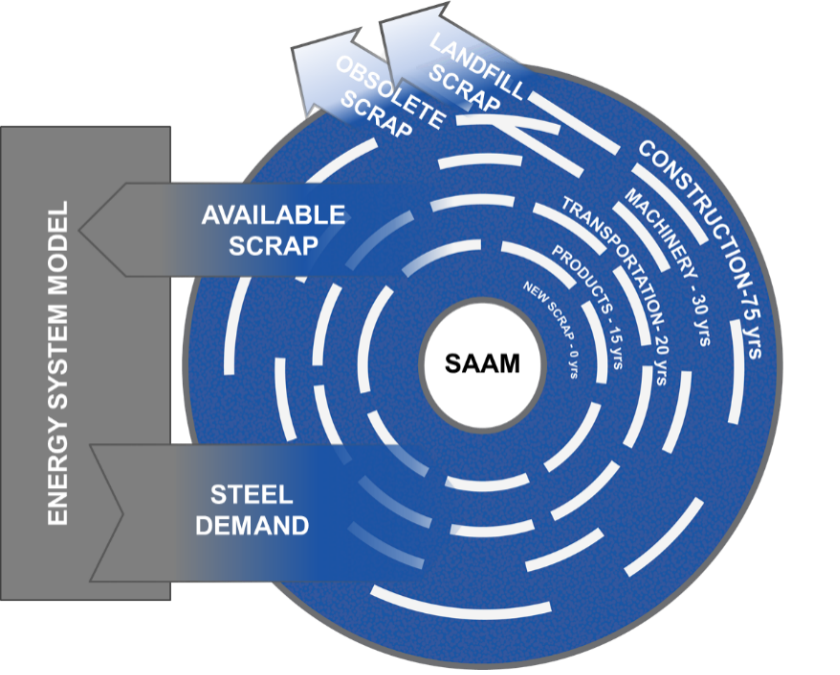Energy efficiency and emissions reductions in the steel industry

Indicators are needed to monitor energy efficiency improvements and greenhouse gas emissions in the iron and steel industry. Traditional indicators do not reflect the structural organisation of the sector and can be misleading. This project investigates how indicators for the steel industry can be improved to capture the achievements of Swedish industries.
Peer-reviewed publications
Xylia, M., Silveira, S. and Morfeldt, J. Implications of energy efficiency obligation schemes for the Swedish energy-intensive industries – an evaluation of costs and benefits. In Energy Efficiency, vol 10, issue 1, pp.151-169. 2017.
Xylia, M. and Silveira, S.: Duerinck, J., Meinke-Hubeny, F. Worldwide resource efficient steel production, Industrial Summer Study. European Council for an Energy Efficient Economy (ECEEE), Berlin. 2016.
Morfeldt, J., Silveira, S., Hirsch, T., Lindqvist, S., Nordqvist, A., Pettersson, J. and Pettersson, M: Improving energy and climate indicators for the steel industry – the case of Sweden. In Journal of Cleaner Production, v. 107, pp 581-592, 2015.
Morfeldt, J., Silveira, S., Hirsch, T., Lindqvist, S., Nordqvist, A., Pettersson, J. and Pettersson, M.: Economic and operational factors in energy and climate indicators for the steel industry. Energy Efficiency, Vol 8 (3), pp. 473-492. 2015.
Morfeldt, J., Nijs, W. and Silveira, S.: The impact of climate targets on future steel production – an analysis based on a global energy system model. In Journal of Cleaner Production, v.103, pp. 469-482, 2015.
Morfeldt, J. and Silveira, S.: Methodological differences behind energy statistics for steel production – implications when monitoring energy efficiency. In Energy, vol 77, pp. 391-396. 2014.
Morfeldt, J. and Silveira, S.: Capturing energy efficiency in European iron and steel production – comparing specific energy consumption and Malmquist productivity index. In Energy Efficiency, vol 7 (6), pp.955-972. 2014